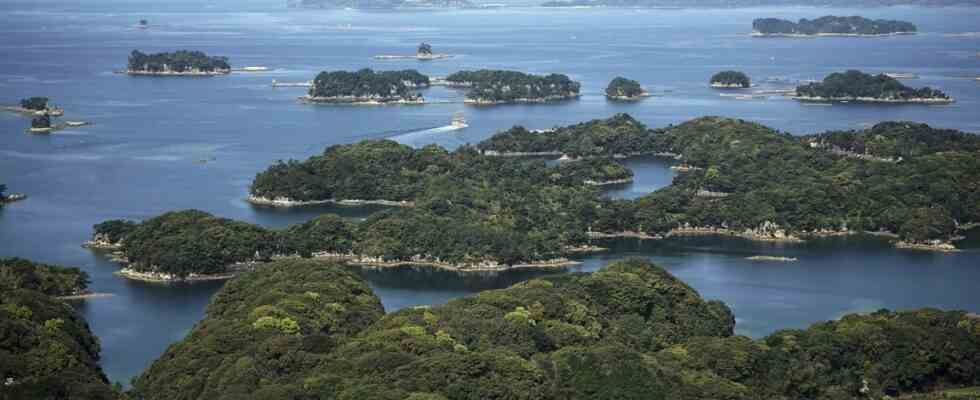Measuring the World is by no means a story that began with Aristotle and ended with Carl Friedrich Gauss; rather, it is an ongoing process. The British coastline, for example, as the mathematician Benoît Mandelbrot remarked in the late 1960s, becomes longer and longer due to the roughness of nature, the more precisely one tries to measure it with all its irregularities. Among mountain fans – commonly known as great admirers of the rough nature – it can be disputed how many four-thousanders are in the Alps, for example, and which peaks really deserve the name mountain, while others only operate as secondary peaks. In 2020, even the height of Mount Everest was revised upwards by 86 centimeters to 8848.86 meters after careful examination from several sides – i.e. Nepal and China. Compared to the measurement from 1852, it has even grown by around 48.86 meters.
In Japan, the land surveyors recently took another close look, and lo and behold: the country in the Pacific suddenly no longer consists of just 6,852 islands, as previously assumed. There should be 14,125. Now one asks oneself, quite rightly, how 7273 islands could simply slip through the grid in such a technology-inspired state, and the answer from consistent media reports is that the last survey in 1987 still used paper charts and maps. This time, however, the Geospatial Information Authority of Japan (GSI) used digital mapping technology for island analysis. However, the main criterion, according to which an island is defined as a natural landmass surrounded by water and with a circumference of at least 100 meters, has not changed. Students of Mandelbrot, of course, object here that this coastal extent is no more than a question of scale. For this reason alone, one does not necessarily have to be satisfied with the number 14,125.
One can only guess, and that is much more important, what the new methods could mean for tourism. The Spaniards may be looking to see if there is another Balearic Island that hasn’t been completely used up between Mallorca and Ibiza, yes: original Balearic Islands. There is definitely still room for improvement in the mountains of the Netherlands; and not only Cologne should ask itself whether Düsseldorf really has the longest bar in the world. Even if in Germany, despite all the geodetic tricks, one shouldn’t get any hope that the Zugspitze will outgrow Everest: the title of coastal world champion is definitely there.
Dominik Prantl would like to cycle the British coast – with GPS!
(Photo: Bernd Schifferdecker (Illustration))

